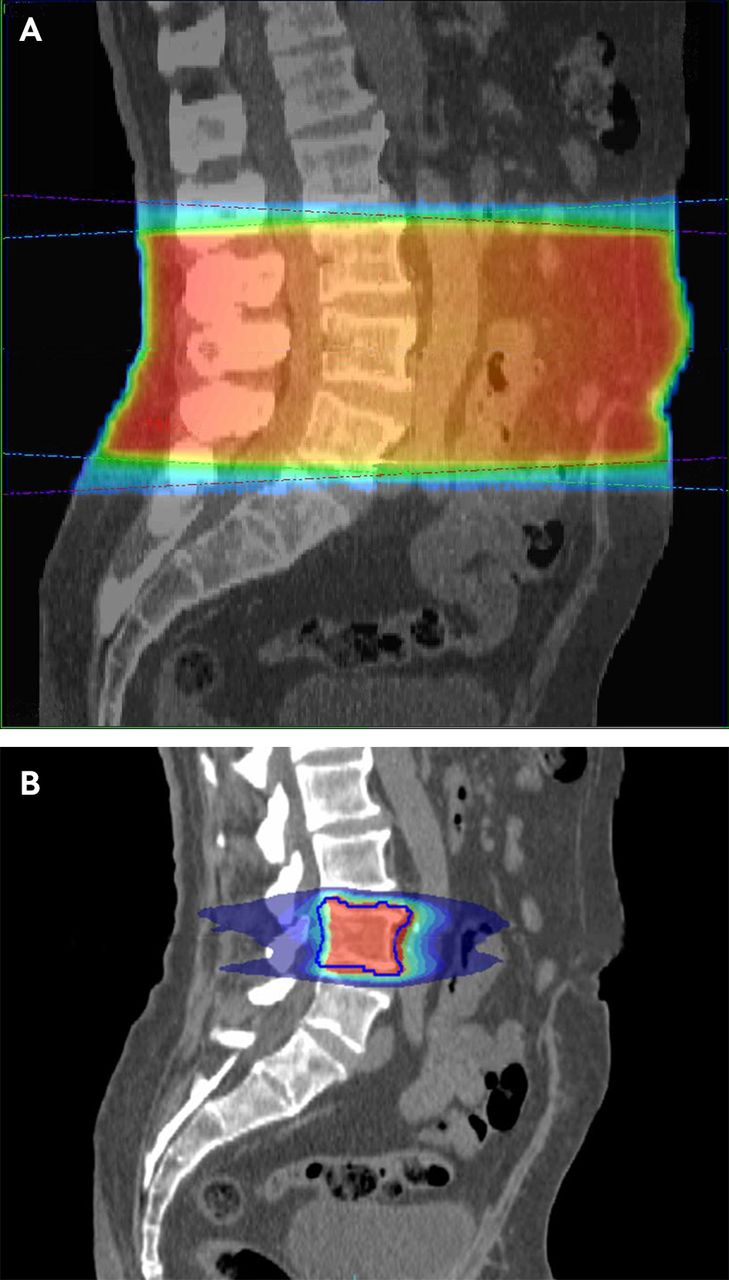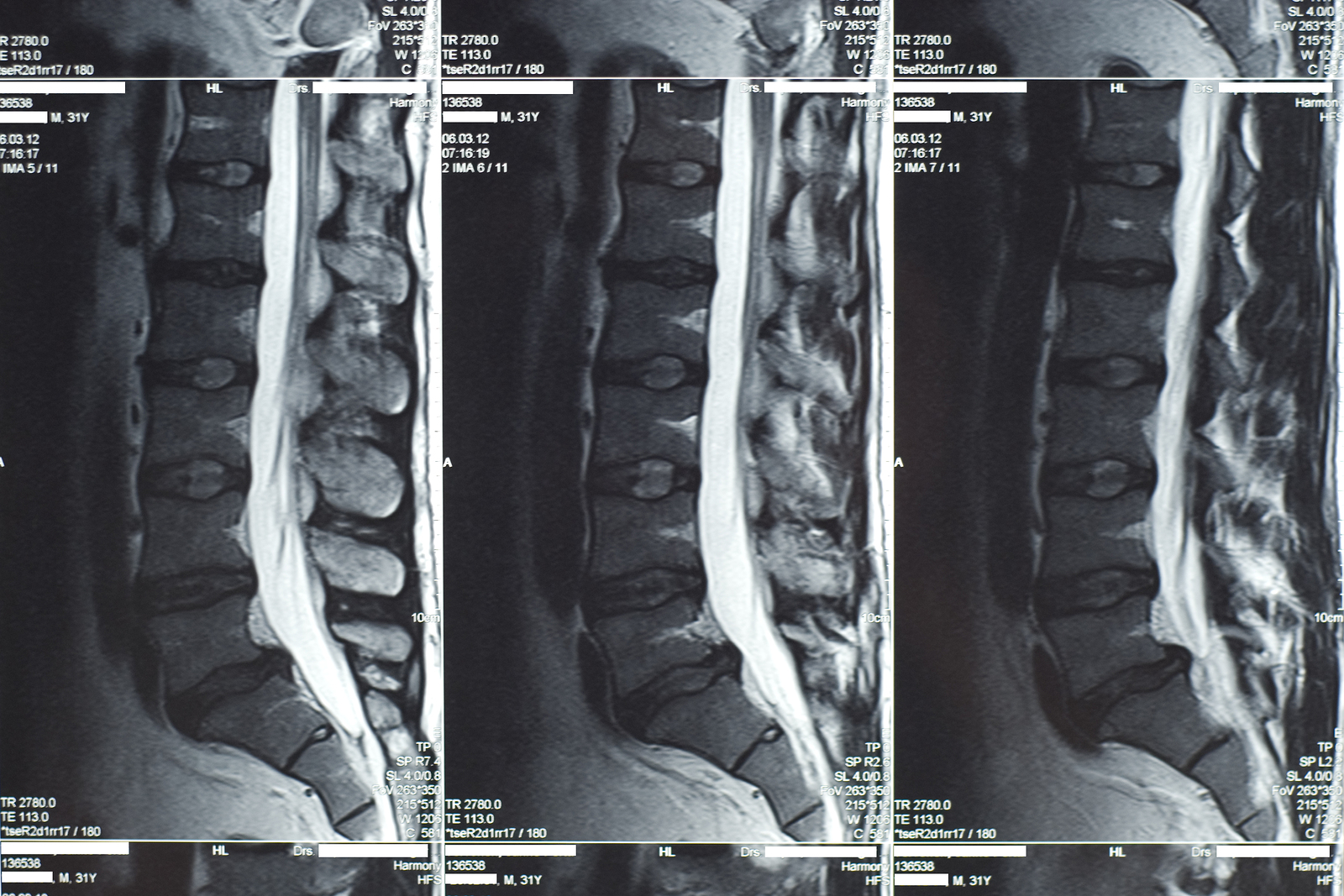
The cells in lamina I respond to thermal and noxious stimuli. Rexed lamina I: Lamina I is comprised of a thin layer of cells that cap the uppermost portion of the dorsal horn with an array of nonmyelinated axons and small dendrites.Another important component of the spinal cord are the rexed lamina, including the: These messages are conveyed to the brain from the spinal cord through the lemniscal pathway or spinothalamic tract.
Parts of the spinal cord xsection skin#
The joints, skin and internal organs send specialized neurons to the spinal cord that help the brain recognize various sensations, including touch, pain, temperatures and vibrations. The pia mater is the delicate inner layer, the arachnoid is the middle layer and the dura mater is the tougher outer layer. The brain and spinal cord are protected by three layers of membranes known as the meninges. The average spinal cord is approximately 18 inches and is relatively cylindrical. The spinal cord runs from the highest neck bone to the highest vertebra of the lower back, or from C1 to L1. The spinal column is a tubular or tunnel structure protecting the spinal cord and sensitive spinal nerves from injury. The top 24 vertebrae are mobile, while the vertebrae of the coccyx and the sacrum are fused. Vertebral anatomy is divided and numbered depending on the region of the spine, including the vertebrae of the coccygeal, sacral, lumbar, thoracic and cervical regions. The spinal column is made of 33 vertebrae, which are individual bones that interlock and connect with one another. On the other hand, a lordotic curve is a concave spinal curve found in the lumbar or cervical portions of the spine. A kyphotic curve is a convex spinal curve found in the sacral or thoracic spinal segments. These curves are known as either kyphotic or lordotic curves. The spine shows unique curves when viewed from the side. Similar to the spinal column, the spinal cord is divided into four sections, including the sacral, lumbar, thoracic and cervical regions. The spinal cord is an important structure between the brain and the body that carries nerve impulses between the brain and the spinal nerves. The cervical spine comprises seven vertebrae that help protect the upper spinal cord and the brain stem. The uppermost portion of the spine makes up the neck region and is known as the cervical spine.

The thoracic vertebrae have longer spinous processes and are larger than the cervical bones. The 12 thoracic vertebrae are located above the lumbar spine and below the last cervical vertebra. The lumbar spine allows for a wider range of mobility than the thoracic spine but less mobility than the cervical spine. These vertebrae are the largest of the spine and are responsible for carrying and supporting the majority of the body’s weight. The next portion of the spine is the lumbar spine, which consists of five vertebrae. Immediately below the sacrum is the coccyx, also known as the tailbone, consisting of five fused bones. The sacrum fits between the two hip bones and connects the pelvis to the spine. The sacrum is composed of five bones fused together into a triangular shape and situated behind the pelvis. These parts of the spine make up the back anatomy, and each serves a unique purpose. The back has four main parts, including the sacral, lumbar, thoracic and cervical regions. The various regions of the spinal column and cord work together to send messages from the brain to different areas of the body. There are numerous areas of the spine that each has a unique function and helps the body perform vital processes. Please contact us for any inquiries and modifications.Ĭheck my previous models for similar designs.The spine is a complex structure that is responsible for providing support to the body. Ideal for use in medical teaching environments. To be used for educational purposes and 3d printing applications. The model has been simplified and optimized for 3d printing. The model is provided in three formats : STL, STEP, IGES and OBJ. Please note that some gluing will be necessary to assemble the model.Ī clearance of 0.35mm is modeled into the splitted parts to ensure the clearance for assembly. The vertebrae stand has 4 point of contact to ensure that the model stands upright.

Three versions of the model are offered: ( a solid without the vertebrae stand ), ( a solid with the vertebrae stand ) and ( a fragmented model with individual parts ) Please note that some amplification has been introduced to show the small details of the model. The model depicts the following parts: the white and gray matters, the filaments on ventral and dorsal root, the spinal ganglion, the dorsal and ventral roots, the dorsal ramus and the rami communicantes. Spinal cord cross section 3d printable models and FDM friendly.


 0 kommentar(er)
0 kommentar(er)
